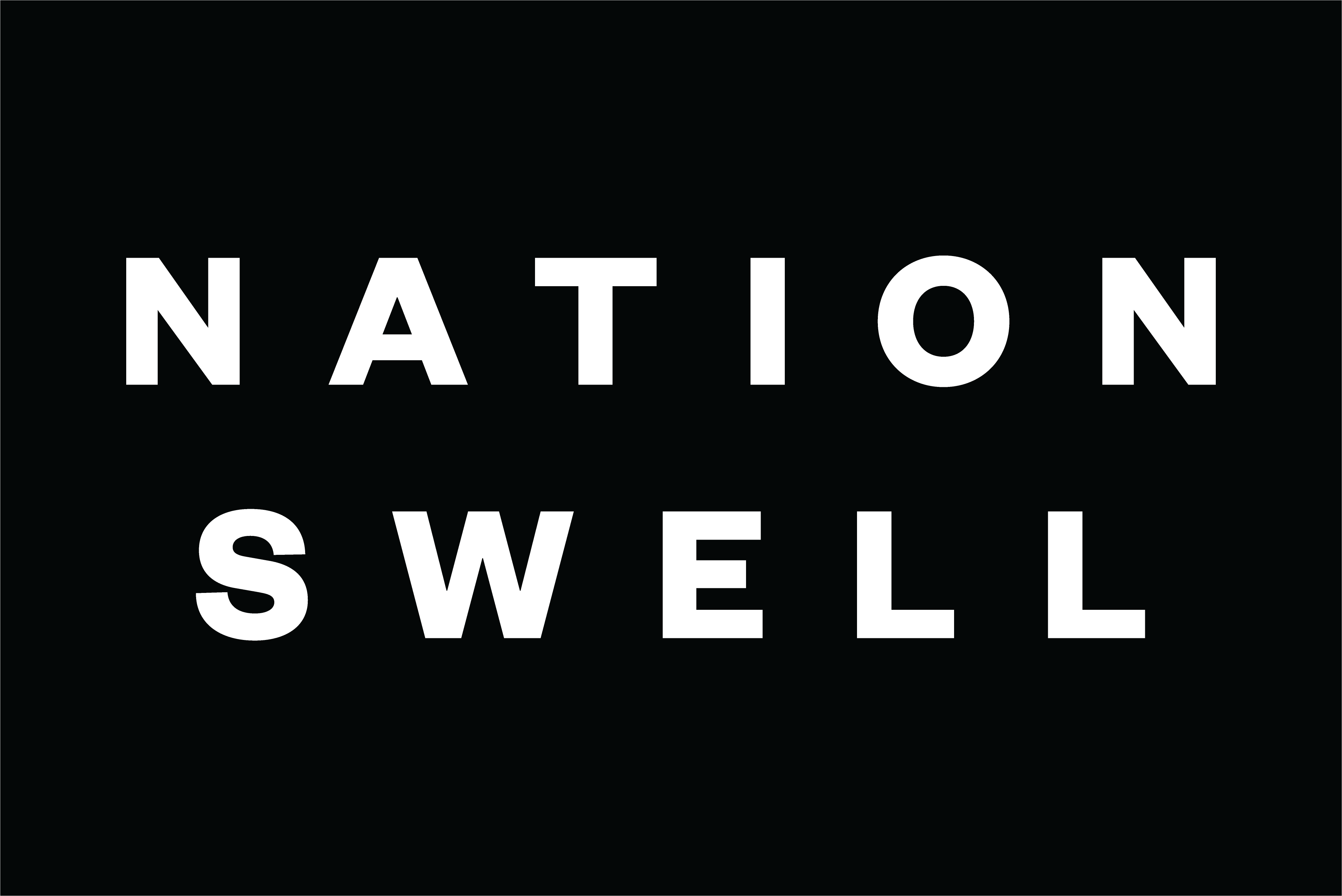You don’t need a degree in marine biology to know that if you overfish a certain species, eventually there wont be any left. That’s precisely what’s happened in Cape Cod, where high demand for its namesake fish has nearly depleted the population. Cod is now mostly imported from Iceland.
But as AlterNet reports, there’s an abundant supply of perfectly delicious “trash fish”–species that aren’t typically sought after for sport or food–such as dogfish, Pollock, redfish and Blood clams in the region. Besides its unappetizing nickname, trash fish is very inexpensive. Dogfish, for example, fetches around 14 cents per pound, which is pennies on the dollar compared to cod.
Richard Garcia, executive chef at restaurants in the Gaylord Opryland Resort and Convention Center in Nashville, is trying to promote trash fish in his restaurants. He tells AlterNet, “Why can’t we, as Americans who understand that we’re depleting the fish population, why can’t we make a decision to use another fish that’s in plentiful supply?”
The good news is that trash fish options are slowly picking up steam thanks to enlightened chefs and programs like Trash Fish Dinners that have spread to Massachusetts, Portland, Las Vegas and, soon New Hampshire. There’s no reason why America’s seafood diet can’t extend past cod, tuna and salmon. As the saying goes, there are plenty of fish in the sea.
MORE: How a Fishing Trip Can Change a Disabled Veteran’s Life
Tag: Cape Cod
Growing Red Cranberries the Green Way
Twenty percent of the nation’s cranberry crop was enjoyed on Thanksgiving, and this year some cranberry farmers in Cape Cod have a new high-tech, water-saving growing system to be thankful for. Growing cranberries takes a lot of water. Farmers spray their cranberry bogs when temperatures dip because the water generates heat as it freezes, protecting the berries. The U.S. Department of Agriculture gave a conservation innovation grant to cranberry growers in Cape Cod so they could update their irrigation systems to include sensors that automatically detect when it’s time to turn on the water and when it’s time to turn it off instead of using old-fashioned manual watering. Switching to automated water delivery can save 280,000 gallons of water a season.
